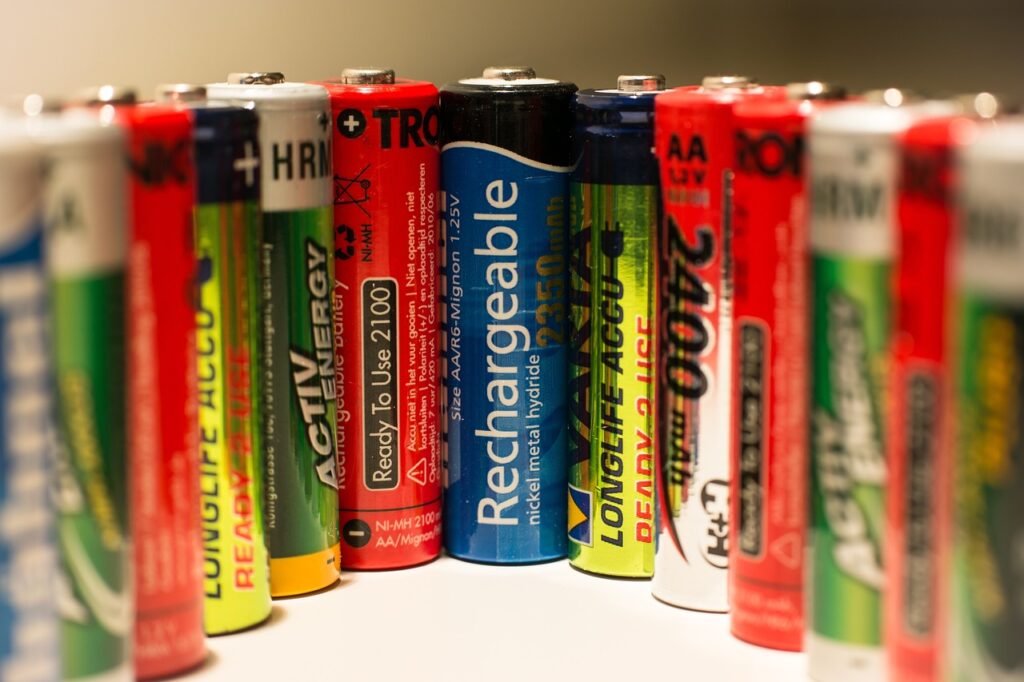Lithium-ion batteries are the backbone of modern electronics and electric vehicles. They are light, durable, and offer high energy density, making them a popular choice in various applications. However, not all lithium-ion batteries are created equal. They come in different shapes and sizes, each with its own unique features and advantages.
Cylindrical Cells: The Classic Shape
Cylindrical cells are the most common form factor of lithium-ion batteries. They are commonly found in laptops, power tools, and electric bikes. These cells have a long history, dating back to the 1970s, and are still widely used today. The most common sizes are 18650 and 21700, with diameters of 18mm and 21mm, respectively, and heights ranging from 65mm to 70mm.
The cylindrical shape has several advantages. First, it allows for efficient heat dissipation, which is crucial for preventing overheating and thermal runaway. Second, it allows for easy and cost-effective manufacturing, as the cells can be produced in large quantities using automated processes. Third, it provides good mechanical stability, which is important for applications that require vibration and shock resistance.
Prismatic Cells: The Space-Saving Alternative
Prismatic cells have a rectangular or square shape and are commonly used in mobile phones, tablets, and other portable electronics. They can be considered as flattened cylindrical cells. They are also used in electric vehicles, where space is at a premium. Prismatic cells offer higher energy density than cylindrical cells, which means more power can be stored in a smaller space.
However, prismatic cells have some drawbacks. They are more expensive to manufacture, as they require a more complex manufacturing process. They are also less efficient at dissipating heat, which can lead to overheating and thermal runaway if not properly managed.
Button Cells: The Tiny Powerhouses
Button cells are the smallest form factor of lithium-ion batteries, with diameters ranging from 5mm to 24mm and heights ranging from 1mm to 6mm. They are commonly used in small electronics, such as watches, calculators, and hearing aids.
Despite their small size, button cells offer high energy density and long life. However, they are not suitable for high-power applications, as their small size makes it difficult to dissipate heat.
Why Nominal Voltage Matters
Lithium-ion batteries typically have a nominal voltage of around 3.6 volts, while lithium iron phosphate (LFP) batteries have a nominal voltage of around 3.2 volts. This is because the voltage of a lithium-ion cell is determined by the chemistry of its cathode material. The most common cathode materials are cobalt oxide (CoO2), nickel manganese cobalt oxide (NMC), and lithium iron phosphate (LiFePO4).
CoO2 cells have a nominal voltage of 3.6 volts, while NMC cells have a nominal voltage of 3.7 volts. LFP cells have a lower nominal voltage because the iron phosphate cathode has a lower voltage than CoO2 and NMC. The nominal voltage of a lithium-ion cell is important because it determines the number of cells required to achieve a certain voltage.
Why Lithium-Ion is the Best Choice for EVs
Lithium-ion batteries offer several advantages over other battery chemistries, such as lead-acid and nickel-cadmium. Lithium-ion batteries have a higher energy density, which means they can store more energy in a smaller space. They also have a longer lifespan, which means they can be charged and discharged more times before needing to be replaced.
Now, let’s talk about the other common sizes of lithium-ion cells. There are several standard sizes of lithium-ion cells that are commonly used, including , 26650, 14500, and . These numbers correspond to the physical dimensions of the cell – for example, an 26650 cell has a diameter of 26mm and a height of 65mm.
The size of a lithium-ion cell has a direct impact on its internal resistance. Generally speaking, larger cells have lower internal resistance, which allows for higher discharge rates and more efficient operation. However, larger cells also tend to be heavier and more expensive, which can limit their practicality in certain applications.
Now, you might be wondering why lithium-ion cells always have a nominal voltage of around 3.6 volts. The answer lies in the chemistry of the cell itself. Lithium-ion cells operate using a system of positive and negative electrodes, separated by an electrolyte. When the cell is charged, lithium ions move from the positive electrode to the negative electrode through the electrolyte. This movement creates a voltage difference between the two electrodes, which can be used to power external devices.

So, there you have it – a comprehensive overview of lithium-ion cells and their importance in the world of EVs. From their unique chemistry to their various form factors, lithium-ion cells are an essential component of the modern electric vehicle. With continued innovation and research, we can look forward to even more efficient and powerful lithium-ion cells in the future.

